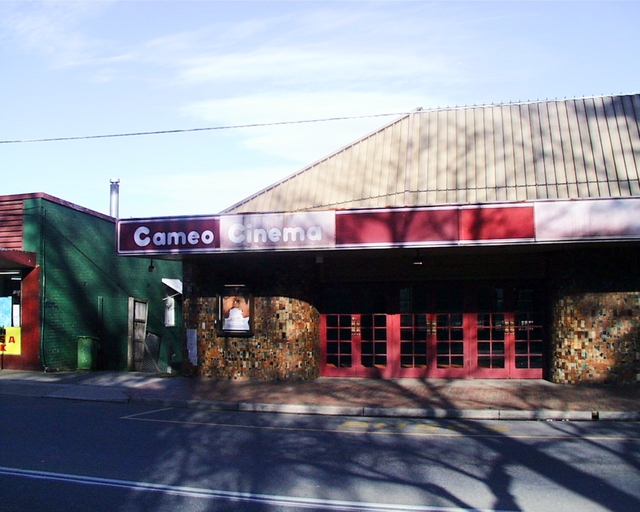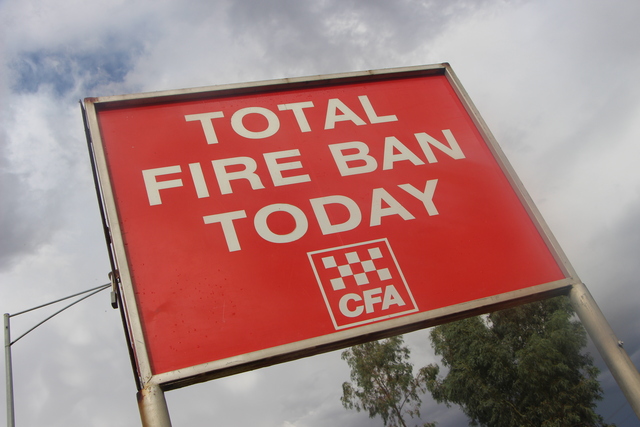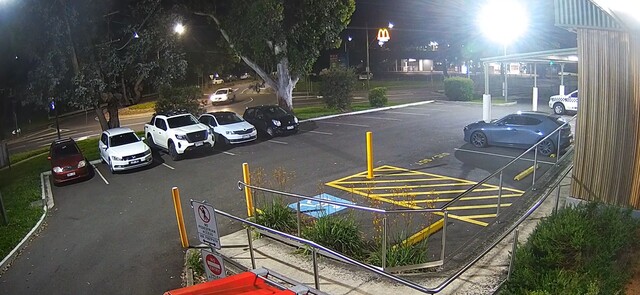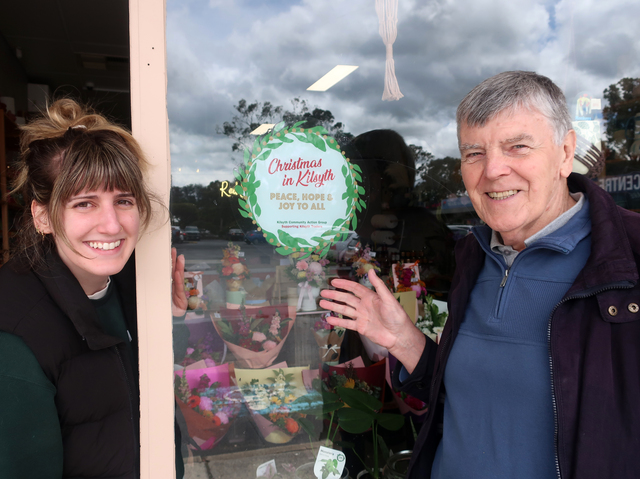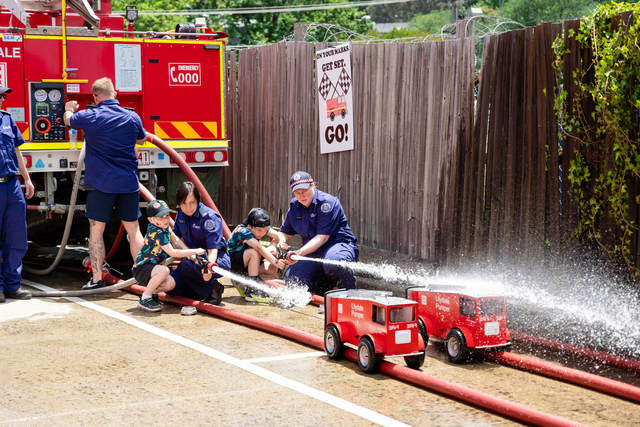On the banks of Lillydale Lake stands crumbling ruins of two stone walls, which are the sole remains of another essential building that once existed in the town.
The ruins of Cashin’s Mill are the sole physical remains and a reminder that it was also one of the first landmarks in the area and it was fully established before the town became known as Lilydale.
At the east end of the lakes dam wall is where the two storey stone flour mill majestically stood.
It was built in the early 1850s by Hugh Kneen of Fitzroy, allowing flour miller, James Cashin who had newly arrived in the area with his family, to achieve his dream of owning a mill of his own, which soon became a reality and he established the first industry in the town and also built his family a cottage on the hillside above the mill.
The remains of this building are significant because it was one of the first flour mills built in Victoria and the mill is now regarded as the town’s first industrial building.
Water from the Olinda Creek was diverted along a water-race to the mills huge waterwheel which provided the power to turn the grinding stones which ground the grain into flour.
Local farmers now had a choice to either send their grain to Melbourne by bullock dray or have it ground into flour, pollard and bran at Cashin’s Mill.
But sadly, by the end of 1864, production had dropped dramatically following severe insect attacks, floods, drought and rust which affected all the district cereal crops, so after a very wet season this left very little to harvest.
During the next few years, small quantities of wheat were grown but the wheat farming era of the district was finished and so was the mill.
The Cashin’s remained in Lilydale, and after James’ death in 1873, his sons took over the mill and started a saw mill on the site.
After a few years, the saw mill also ceased and the building remained empty until it was destroyed by fire on 25 March 1915.
Since then, the mill has stood silent and gradually collapsed in on itself, but the small vestiges that remain today remind us of a once thriving industry and stands as a symbol to the wheat farming era of Lilydale.
In 1978, the Lions club expressed interest in rebuilding the mill as it used to be, but the project was so large and the skills required so difficult to come by that nothing came of the idea.
If you have an interest in Lilydale’s history or would like to come and volunteer visit our website at lilydalehistorical.com.au or email us at info@lilydalehistorical.com.au


